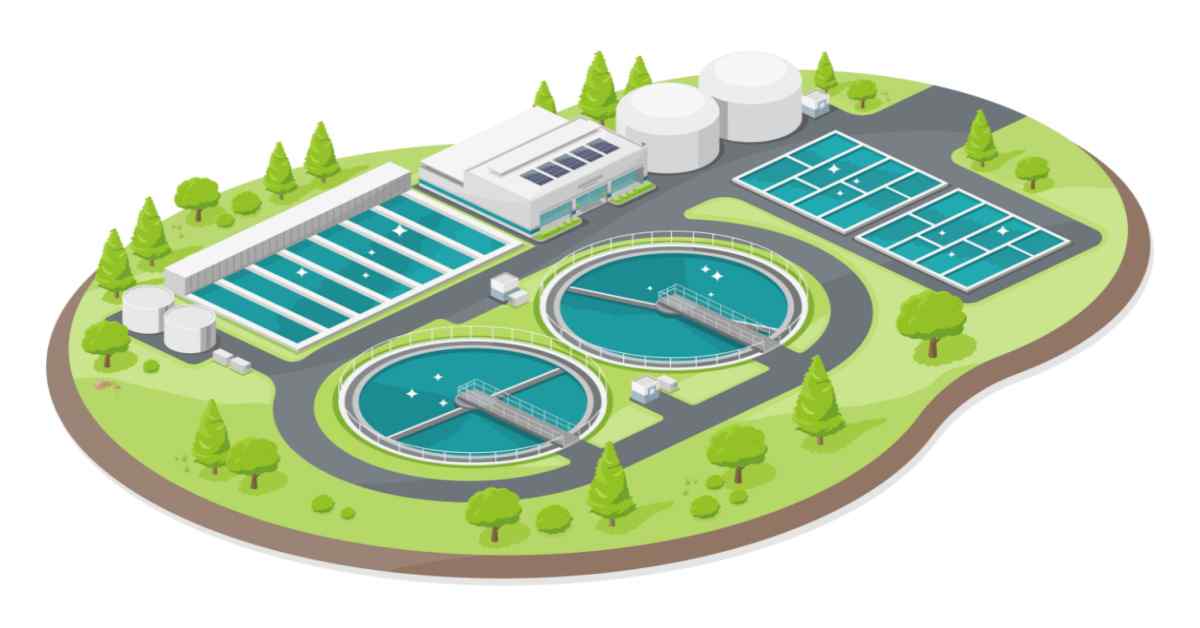Recognizing Wastewater Therapy Processes and Their Ecological Impact
The intricacies of wastewater therapy procedures play a pivotal duty in mitigating ecological challenges connected with water pollution. Each stage, from preliminary to sophisticated treatments, is developed to address specific pollutants, inevitably securing both public wellness and aquatic communities.
Summary of Wastewater Therapy
How is wastewater transformed right into a secure resource for the setting? Wastewater treatment is a vital procedure designed to remove contaminants from utilized water, thereby securing public wellness and protecting ecosystems. This process begins with the collection of wastewater from domestic, industrial, and industrial sources, which is then guided to treatment facilities.
At these facilities, different physical, chemical, and biological approaches are employed to deal with the wastewater. Preliminary screening gets rid of huge debris, complied with by sedimentation to separate heavier solids. Subsequently, biological treatments, such as activated sludge processes, use microbes to damage down natural matter. These approaches not only minimize pollutant degrees however additionally promote the healing of important nutrients.
The dealt with effluent can be securely discharged right into natural water bodies or recycled for watering and commercial objectives, promoting source preservation. In addition, the therapy procedure generates biosolids, which can be repurposed as plant foods or dirt amendments, further improving sustainability.
Phases of Therapy Procedures
The wastewater therapy procedure typically consists of 3 key stages: initial, primary, and secondary treatment. Each phase serves an unique function in minimizing the toxin load and making sure the effluent satisfies ecological criteria prior to discharge.

The main treatment phase concentrates on the physical separation of put on hold solids from the wastewater. With sedimentation, heavier bits work out at the bottom of sedimentation tanks, creating sludge, while lighter products, such as oils and greases, float to the surface area and are skimmed. This procedure substantially decreases the natural and not natural tons in the wastewater.
Second treatment is a biological procedure focused on additional decreasing the focus of organic issue. Different techniques, including activated sludge systems and trickling filters, utilize bacteria to metabolize organic contaminants. This stage is vital for attaining the needed biochemical oxygen need (FIGURE) decrease, eventually causing cleaner effluent prepared for discharge or more therapy. Each stage is critical in securing ecological and public health.

Advanced Therapy Technologies
Complying with the additional treatment processes, progressed therapy modern technologies play a vital function in more improving the high quality of treated wastewater. These technologies are developed to remove residual contaminants that are not properly eliminated throughout key and secondary treatments, making sure the effluent meets rigorous regulative requirements.
Among the extensively used advanced treatment methods are membrane filtration, reverse osmosis, and advanced oxidation procedures. Membrane layer filtration, including microfiltration and ultrafiltration, works in dividing fine fragments, virus, and colloids from the water (Wastewater). Reverse osmosis uses semi-permeable membranes to remove dissolved solids, leading to high-grade water suitable for various applications
Advanced oxidation procedures (AOPs) utilize solid oxidants to break down organic contaminants, including drugs and individual treatment products that are immune to traditional therapy. These techniques boost visit site the biodegradability of complicated substances, facilitating their elimination.
One more significant innovation is using organic nutrient elimination procedures, which particularly target nitrogen and phosphorus, preventing eutrophication in receiving water bodies. Generally, advanced therapy technologies are important for attaining greater levels of purification, promoting water reuse, and safeguarding public health while dealing with the difficulties related to wastewater management.
Environmental Advantages of Therapy
Numerous ecological advantages emerge from effective wastewater therapy procedures that add to ecosystem wellness and sustainability. Largely, these procedures substantially minimize the release of hazardous pollutants into all-natural water bodies, which assists keep aquatic ecosystems. By eliminating contaminants such as hefty metals, nutrients, and pathogens, dealt with wastewater Get the facts mitigates the threat of waterborne diseases and advertises biodiversity in marine atmospheres.
In addition, wastewater therapy centers typically use innovative modern technologies that enable water recycling and reuse. This technique not only preserves fresh water resources yet also minimizes the need on all-natural water supplies. Enhanced nutrient elimination from wastewater can likewise protect against eutrophication, a process that leads to algal flowers and succeeding oxygen depletion in aquatic systems.
Additionally, reliable treatment procedures can lessen greenhouse gas discharges, particularly methane and laughing gas, which are often released throughout neglected wastewater decomposition. By recording and using biogas from anaerobic digesters, facilities can transform waste into renewable resource, thus adding to a reduction in fossil gas dependency.
Difficulties and Future Fads
While the environmental benefits of wastewater treatment are clear, a number of challenges persist that impede optimum end results in this area. One major concern is maturing framework, which commonly leads to inadequacies and my latest blog post increased operational expenses - Wastewater. Numerous treatment plants were made years earlier, and their abilities do not straighten with modern demands, which include stricter regulatory criteria and higher quantities of wastewater due to urbanization

Looking in advance, there is an expanding focus on resource recuperation and round economic climate concepts within wastewater treatment. Developments such as anaerobic food digestion, which can generate biogas, and progressed filtration technologies are gaining grip. These techniques not just boost therapy effectiveness however also promote sustainability.
Ultimately, addressing these challenges needs partnership among stakeholders, financial investment in technology, and a dedication to continuous study. By welcoming these trends, the wastewater treatment market can advance to satisfy the needs of a changing environment and culture.
Final Thought
In final thought, wastewater treatment procedures play an essential duty in improving environmental quality and public wellness. The multi-stage treatment structure, paired with innovative modern technologies, properly minimizes pollution and promotes sustainable water management.
Comments on “The Connection Between Wastewater Management and Public Well-being”